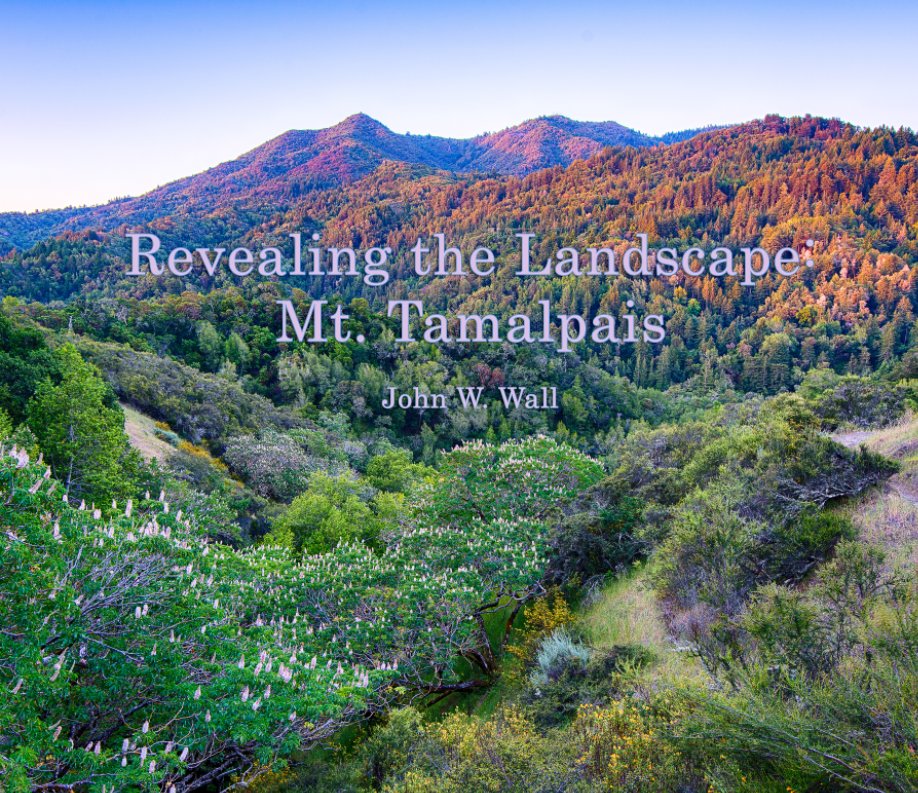 |
| Townsend's Warbler on the Hunt |
I'm about three-quarters of the way through How Life Works by Philip Ball, and all I can say is Wow. And I'm not alone either.
Ball writes, "By 'interesting and wonderful,' I admit that I often also mean [how life works is] 'complicated,' even dizzyingly so. There are good reasons why most popular accounts avert their eyes from the baroque digressions of molecular biology. But the main reason this has happened is that researchers themselves have been baffled by it. Even to them, the complexity of cell processes often seems too much: we can watch the conjuring trick being done, and know there is a rational, nonmagical explanation for it, but we cannot for the life of us see what this explanation is." (p. 53)
I've always been awed by the fact that we start out life as a single-celled zygote that somehow knows how to build a human being. I mean, that vast knowledge is somehow in that single cell! Ball also argues that it's the cells, not the genome, that runs the show. That is, the genome is a resource used by cells, not the other way around.
A big surprise for me was the author's allowance that cognition pertains even to cells: "[I]t is meaningful to regard lower-level adaptive processes in biology as cognitive too -- even in the way single-celled organisms operate. Life is, as biologist Michael Levin and philosopher Daniel Dennett have argued, 'cognition all the way down.'" (p. 137)
Later on he elaborates a bit more, writing that, "Cognitive systems exist to integrate information from many sources to produce a goal-oriented response. To that extent, all living systems have to be cognitive agents almost by definition. And the fact that evolution grants this capacity should really be seen as unremarkable, for cognition is clearly a good way to deal with the unforeseen: to develop versatile and instantly adaptive responses to circumstances an organism has never encountered in its evolutionary past....
"I don't anticipate a consensus any time soon on the question of how to define life, but it seems to me that cognition provides a much better, more apt way to talk about it than invoking more passive capabilities such as metabolism and replication." (pp. 265-66)
And, "The idea that cells are 'building blocks' of our bodies makes them sound rather passive, like bricks that can be stacked into the edifices of tissues. In fact they are much smarter than that. Each cell is, as we've seen, a living entity in its own right, able to reproduce, make decisions, and respond and adapt to its environment." (p. 268)
Ball also writes that there are 80,000 to 400,000 varieties of protein molecules in human cells, and no, that is not a typo. I keep thinking I must have read it wrong. Figuring out what they all do is going to keep a lot of people busy for a very long time. And how to do you come up with names for them all? Luckily, most of the names follow a convention, but not all. Where would we be without proteins like Sonic Hedgehog and Shrooms? (Answer: It wouldn't be pretty.)
 |
| I found this interesting tower of fungus on Mt. Tam yesterday. |
 |
| Nearby was another tower that was further along in its construction. |
 |
| And finally there was this cheerful colony. I uploaded pictures of this polypore to iNaturalist which identified it as Onnia subtriquetra, but it doesn't really fit this description, since it was growing under Doug fir. |
 |
| A pileated woodpecker was re-working a snag not too far above eye-level along the Cataract Trail. |
 |
| As it moved around the snag I was able to get a mellower background. |
Short Clips of Pileated Woodpecker At Work
 |
| I was placing a couple of trail cams out there for the first time in a while, and it was still early enough in the morning that I caught this fence lizard napping. I wondered if it had spent the night there -- very much out in the open -- in a state of torpor. |
 |
| Apparently, a male house finch who's yellow instead of red is simply not getting the carotenoids in his diet that would redden his feathers. |
 |
| The finch was among a small mixed flock of birds, including Western bluebirds, along the Sunset Parkway this morning. |
 |
| Also in attendance was my first yellow-rumped warbler of the season. |
 |
| This bluebird clung to a lichen-crusted branch on an otherwise dead plant. |
 |
| A few pigeons were also feeding nearby, and I especially liked this one's striking feather pattern. |
 |
| Chilean Rhubarb Leaf |
 |
| Bushtit, Elk Glen Lake |
 |
| At first I thought this was another bushtit. I keep forgetting how very small these Townsend's warblers are in person. This one was kind enough to forage within range of my camera for a few minutes. |
* * *
























